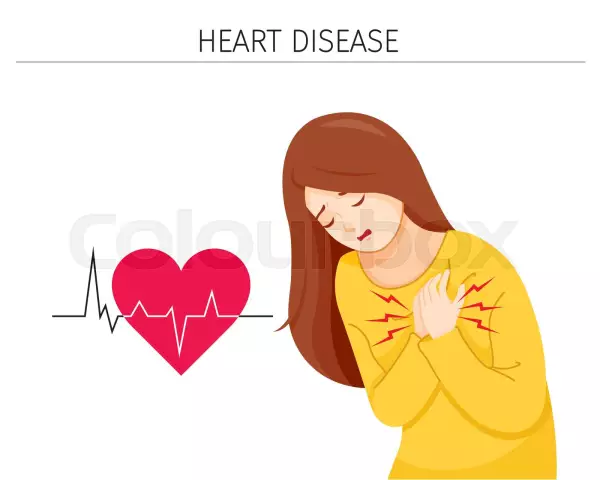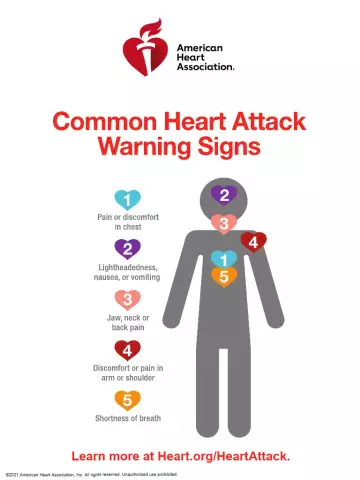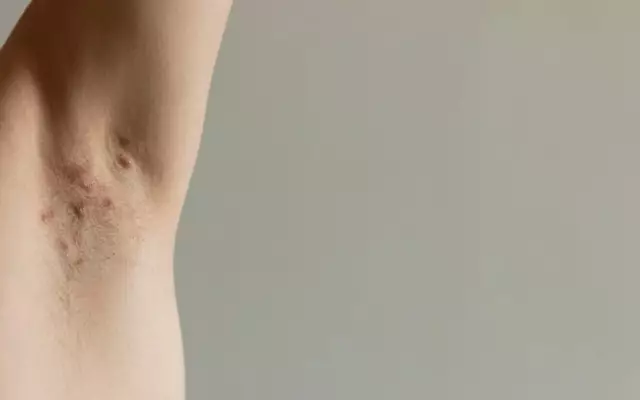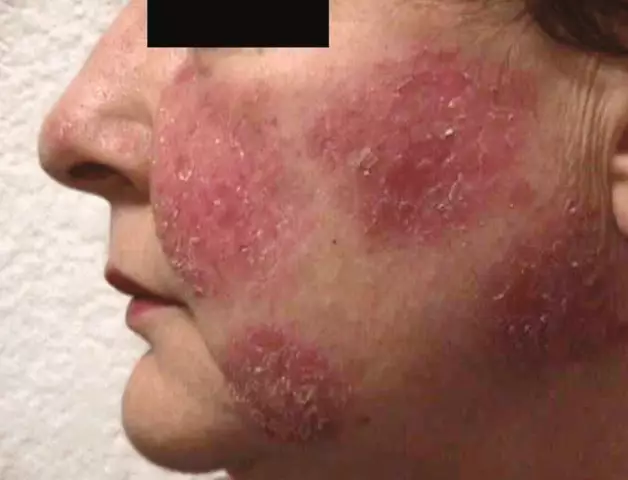- Author Rachel Wainwright [email protected].
- Public 2023-12-15 07:39.
- Last modified 2025-11-02 20:14.
Acquired heart defects
Brief description of the disease
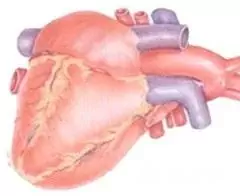
Acquired heart disease is a lesion of the heart valves that, in contrast to a congenital defect, develops during the patient's life, more often in adulthood.
Reasons for the appearance
Acquired heart disease develops most often due to rheumatism, atherosclerosis, infective endocarditis. Less commonly - due to injuries, connective tissue diseases (dermatomyositis, scleroderma, ankylosing spondylitis), syphilis, degenerative pathologies of the heart valves with the inclusion of lime salts.
The development of the disease looks like this: an inflammatory process begins in the valves of the valves, which damages them, destroys them and leads to the appearance of scars. Due to a malfunction of the valves, the heart begins to work with excessive stress, a thickening of the heart sections appears. After this, the cavities of the heart expand, the contractile function of the heart muscle decreases, symptoms of heart failure appear.
Compensated and decompensated defects are distinguished. If the defect is not accompanied by signs of lack of blood circulation, it is considered compensated, if such signs appear, it is decompensated.
Acquired heart disease symptoms
The symptoms of acquired heart disease differ depending on the type of disease.
With mitral stenosis, the left atrium expands, pressure decreases in it and in the veins that flow into it. The patient develops shortness of breath, which, with exercise, is complicated by hemoptysis and coughing. In more severe cases, an attack of cardiac asthma or pulmonary edema may occur. The patient's complexion is pinkish, he has palpitations, interruptions in the work of the heart. Also known are the following symptoms of acquired defects of this type: pain in the epigastrium, swelling of the extremities, pain in the right hypochondrium.
In case of mitral valve insufficiency, blood, with contractions of the left ventricle, again partially enters the left atrium. The patient complains of shortness of breath, weakness, palpitations. The main symptom of acquired heart disease is a systolic murmur in the apex of the heart, myocardial hypertrophy to the left and up is also noted.
With aortic valve insufficiency, there is no complete closure of the aortic valves during diastole, so blood returns to the left ventricle. Patient complaints: palpitations, prolonged pain during physical exertion, shortness of breath.
The characteristic symptoms of this type of heart disease are pallor, pulsation in the arteries in the neck. The apical impulse of the heart moves to the left and down.
Diagnosis of the disease
During the examination, the doctor, after listening to the patient's complaints, measuring the pulse, pressure, listens to the heart. If there is a suspicion of the appearance of a heart defect, the patient is prescribed to undergo additional examination.
To determine the acquired defect, an X-ray examination is performed - this is how the condition of the lungs, the size of the heart and its chambers are assessed.
An electrocardiogram is useful for diagnosing irregularities in the rhythm and heart rate.
According to the echocardiogram, they study the work of the heart valves, find out the size of the heart chambers, and obtain data on the thickness and work of the heart muscle.
You can also carry out catheterization and angiogram - this is how the pressure in the heart chambers, blood volume are determined, the ability of the heart to pump blood, the work of its valves and arterial patency are assessed
Treatment of acquired heart disease
Treatment of acquired heart defects is reduced to the fact that the patient is selected a way and mode of life that would correspond to the state of the circulatory system, taking into account the degree of heart damage.

Due to the fact that there are no medications capable of correcting the disorders that led to heart disease at the physical level, surgical treatment of acquired heart defects is indicated in most cases. If possible, the patient is corrected a defect detected by surgery: a valvulotomy is performed (dissection of the fused bundles of the heart valves is performed) or valvuloplasty (the valve is restored). If the valve is damaged so that it is not possible to restore it, it is replaced. The valves are made from artificial and biological materials.
Medical treatment of acquired defects is prescribed only with the aim of stabilizing the heart rhythm, curing and preventing heart failure, complications and relapses of the underlying disease that caused the heart defect.
Prevention of the disease
To prevent acquired heart disease, diseases that can damage the heart valves are treated.
Most often, the acquired defect occurs due to rheumatism, therefore it is important to timely identify and eliminate streptococcal infection.
Often with rheumatism, patients are additionally prescribed prophylaxis with bicillin (a long-acting antibiotic): the drug is administered monthly throughout the year. Moreover, if there is a suspicion of a heart defect, such a patient is shown constant observation by a cardiologist.
YouTube video related to the article:
The information is generalized and provided for informational purposes only. At the first sign of illness, see your doctor. Self-medication is hazardous to health!

